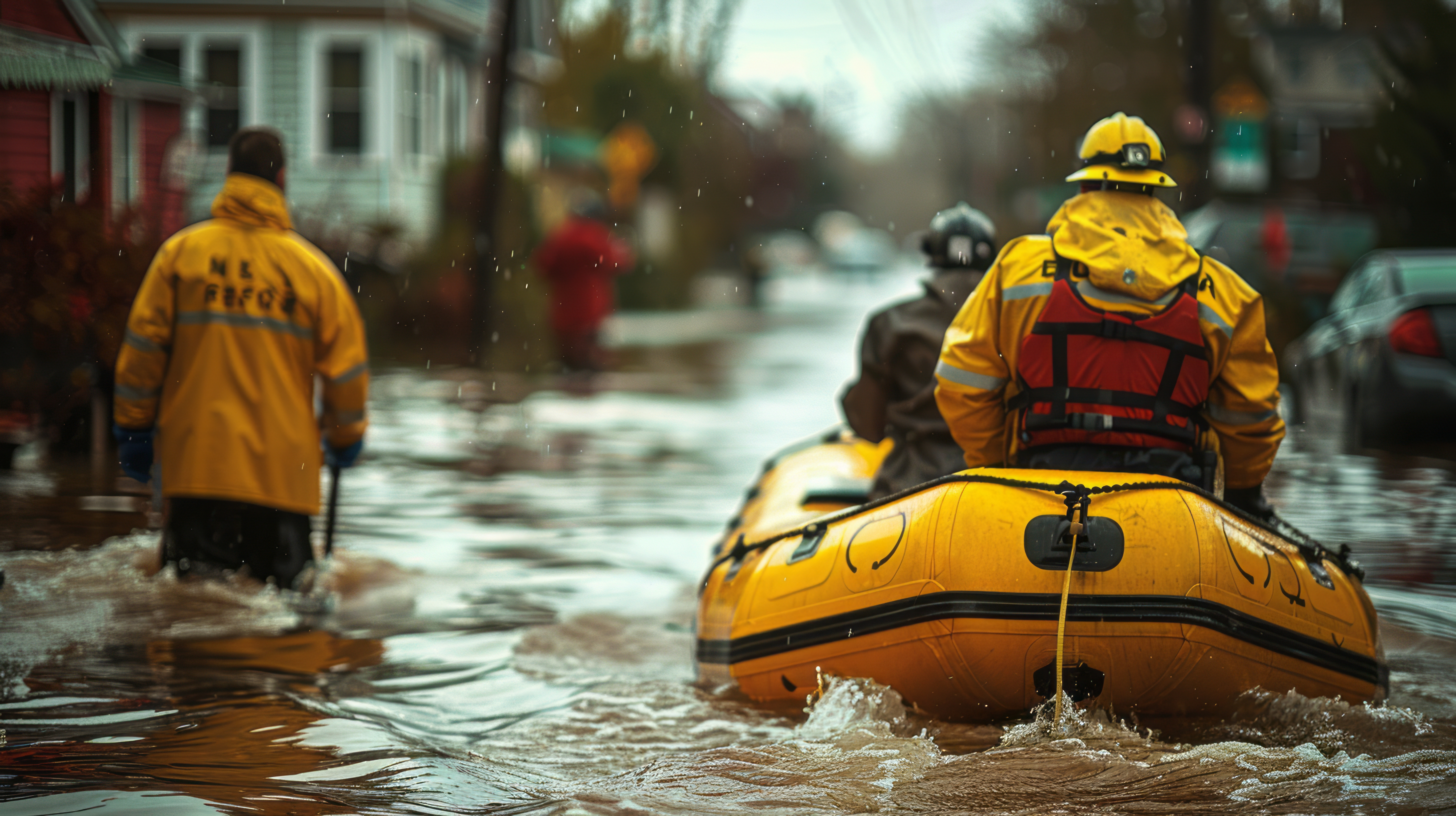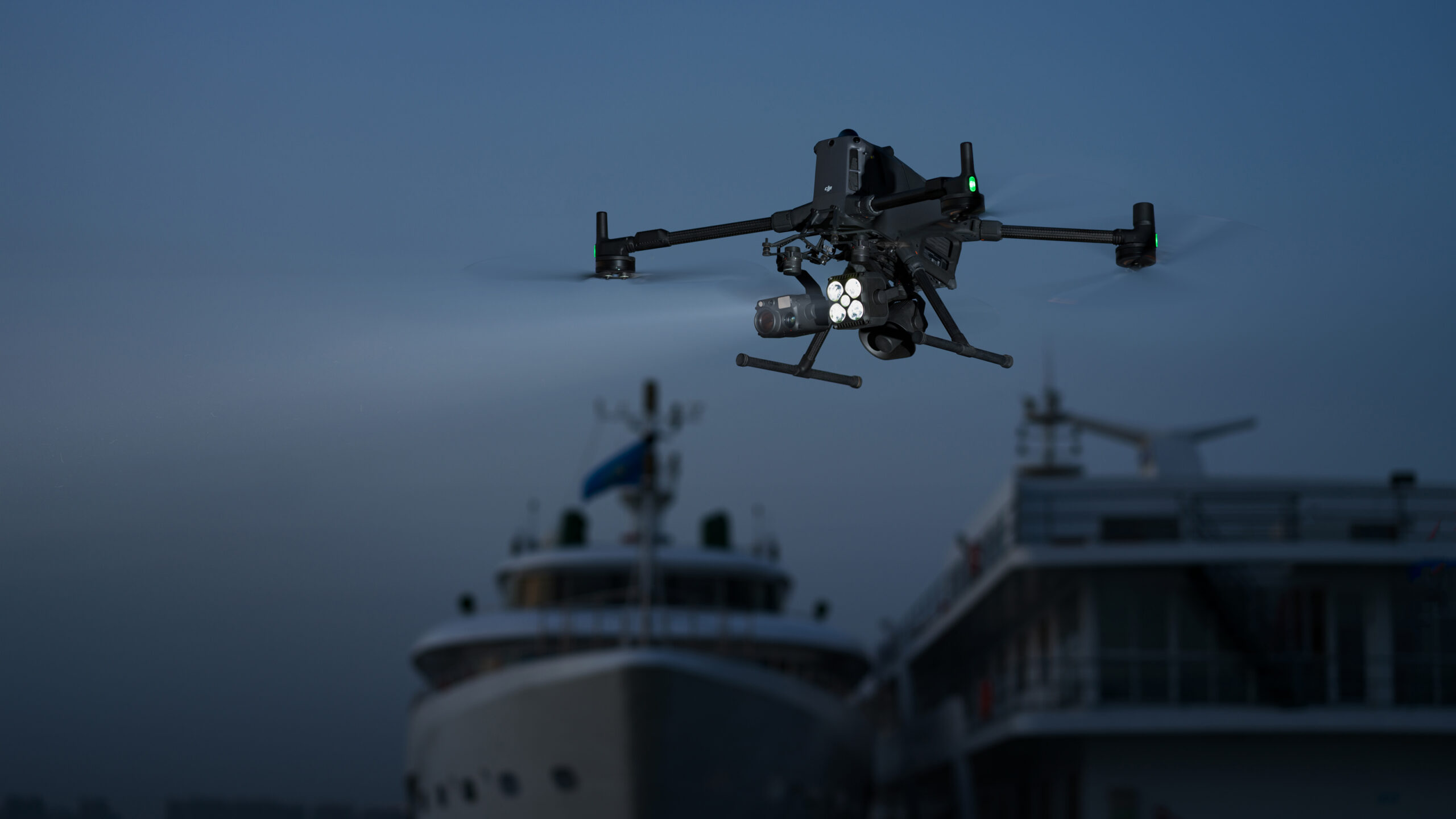Why IP Ratings Matter for Public Safety Drones
Understanding Ingress Protection for Reliable Mission Performance
In public safety operations, reliability isn’t optional—it’s essential. Whether responding to a fire, searching for a missing person, or managing a disaster scene, public safety professionals need tools they can count on in any condition. One critical but often overlooked specification in drone selection is the Ingress Protection (IP) rating.
What Is an IP Rating?
An IP rating (short for Ingress Protection) is a standardized measure that indicates how well a device is protected against solids like dust and liquids such as water. These ratings are defined by the International Electrotechnical Commission (IEC) and are expressed as two digits:
- The first digit represents protection against solid objects (like dust).
- The second digit indicates resistance to liquids (like rain or splashes).
For example, a drone with an IP55 rating is protected against limited dust ingress and low-pressure water jets from any direction.

Common IP Ratings for Public Safety Drones
Here’s a breakdown of common IP ratings found in professional drones:
| Rating | What It Means | Best For |
|---|---|---|
| IP43 | Protected against light rain, limited dust | Basic field work in mild conditions |
| IP54 | Dust protected, splash resistant | General public safety missions |
| IP55 | Dust protected, water jets | Fire, disaster response, and SAR |
| IP67 | Fully dust-tight, immersion up to 1m | Coastal operations, extreme weather response |

Why IP Ratings Are Critical in Public Safety Scenarios
Public safety teams operate in unpredictable environments—urban, rural, mountainous, or coastal. Here’s why drones used in these missions should carry an IP rating:
- Weather Resistance – Emergencies don’t wait for sunny skies. Drones with a high IP rating (such as IP54, IP55, or IP67) can fly in light rain, wind, and other challenging weather conditions without risking failure. This is essential during storms, floods, or wildfires, where environmental exposure is unavoidable.
- Durability in Harsh Environments – Public safety drones are deployed in dust-filled fields, sandy deserts, smoky areas, and humid forests. Dust and debris can impair motors, sensors, and cameras if not properly sealed. An IP rating helps ensure your drone can survive and function where it’s needed most.
- Minimizing Equipment Downtime – IP-rated drones are built to last. Their sealed bodies and resistant materials help reduce the need for frequent maintenance and repair—especially after demanding missions. This ensures your agency isn’t sidelined due to preventable equipment failure.
- Mission Continuity – Imagine a search and rescue mission paused because your drone can’t handle the rain. IP-rated drones allow for uninterrupted operations, which can be the difference between a successful mission and a missed opportunity.
Final Thoughts
Not every drone needs the highest IP rating, but every public safety agency should consider IP-rated drones for critical operations. When the weather turns or the environment becomes unpredictable, drones with strong ingress protection ratings give first responders the confidence to keep flying.
At MultiCopter Warehouse, we help public safety agencies choose the right drones for their mission requirements—including IP-rated models from trusted brands like DJI, Autel Robotics, and Inspired Flight.
Need help finding the right IP-rated drone for your agency?
Contact us today for expert advice and hands-on support.

